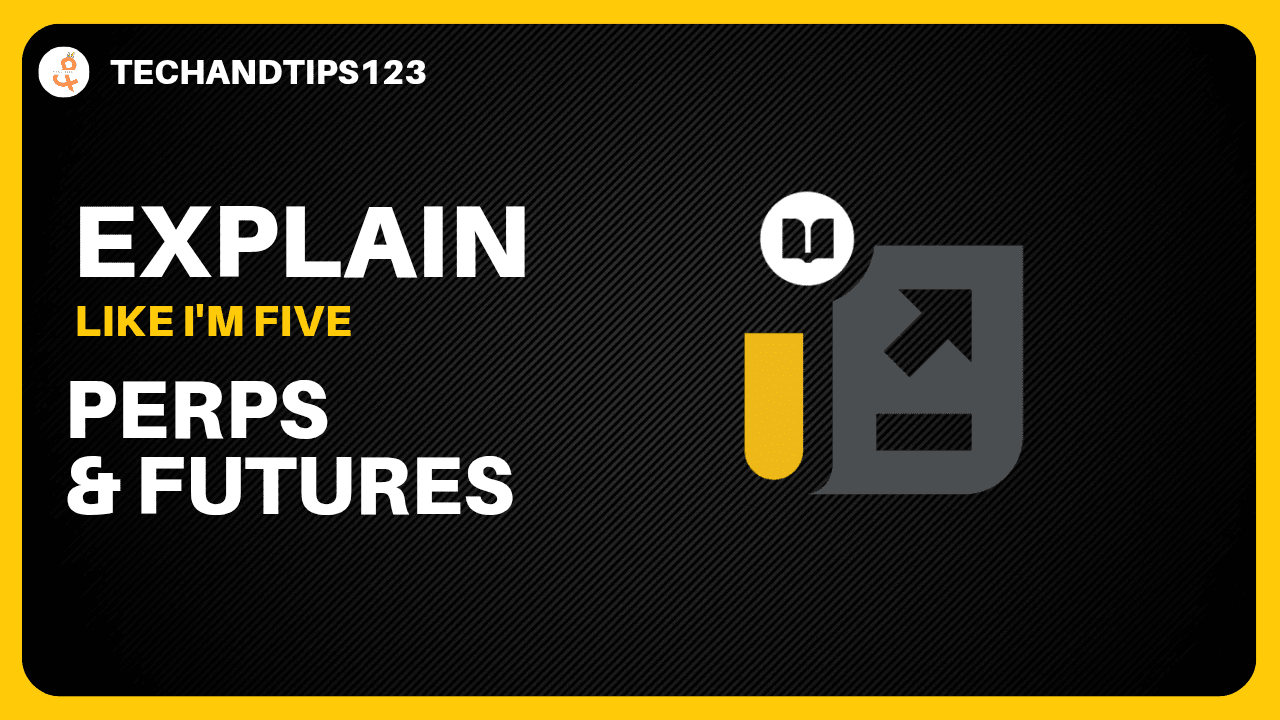
Bro, yesterday we saw the biggest liquidation, and people lost their life savings on Perps. But what are Perps trades and how do they work?
BRo, "Perps" is short for Perpetual Futures Contracts.
Think of it like this:
Buying ETH on a DEX is like buying the actual jersey of your favorite cricket team. You own it, you can hold it, and its value is what it is.
Trading an ETH Perp is like going to a betting house and placing a bet on whether that team will win or lose its next match. You don't own the jersey, the players, or the team. You're just betting on the outcome (the price direction).
A perp is a contract that lets you bet on the future price of a crypto asset without ever actually owning the asset itself. The "perpetual" part means the bet has no expiry date; you can keep it open for as long as you want.
How They Work: Leverage, Longs, and Shorts
This is where the magic and the danger come in. Perps are all about leverage.
Long vs. Short: You can bet the price will go up (going long) or that the price will go down (going short).
Leverage: This is a financial amplifier. If you have $100, you can use 10x leverage to open a $1,000 position. This means if the price of ETH goes up 1%, you've made a 10% profit on your original $100. It magnifies your gains.
How People Lose Everything: Liquidation
Leverage is a double-edged sword. It also magnifies your losses.
The Analogy: Your $100 is like a security deposit for your $1,000 bet.
The Liquidation: If you're in a 10x leveraged long position and the price of ETH drops by just 10%, your $1,000 position has now lost $100. The exchange's system automatically closes your bet and keeps your entire deposit to cover the loss. This is a liquidation. You've been "rekt."
But bro, if it's just a side bet, how does it affect the actual price of ETH?
Great question. It feels separate, but it's powerfully connected to the real market by two forces: a gentle pull and a violent shove.
The Gentle Pull (Funding Rate): The perps market has a "rubber band" mechanism called the funding rate to keep its price tied to the real (spot) price of ETH. If lots of people are going long and the perp price goes above the real price, the longs have to pay a small, continuous fee to the shorts. This encourages people to sell (go short), pulling the price back down. The opposite happens if the perp price is lower. It's a constant, gentle pressure keeping the two markets in sync.
The Violent Shove (Liquidation Cascades): This is the dangerous part. When a liquidation happens, the exchange force-closes your position. If you were long, the exchange force-sells your position on the market. If you were short, it force-buys. Now, imagine the price drops suddenly. This triggers a few liquidations of long positions, which creates more selling pressure. This new selling pushes the price down even further, triggering even more liquidations. This is a liquidation cascade, a domino effect of forced selling that can crash the price violently in minutes. This massive, sudden volatility on the perps market causes panic that bleeds directly into the spot market, as real holders get scared and start selling their actual ETH.
So while perps are a separate market, these two forces create a powerful link that can dramatically influence the real spot price.


